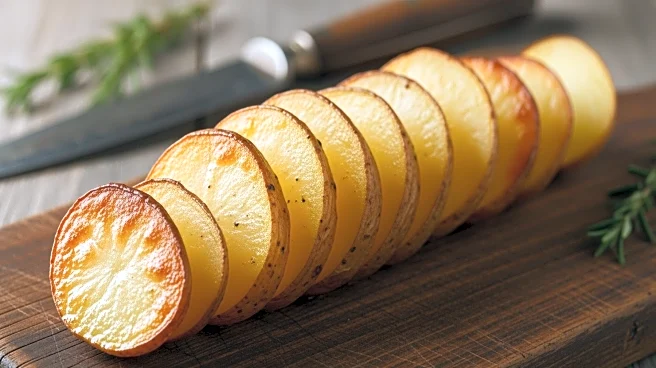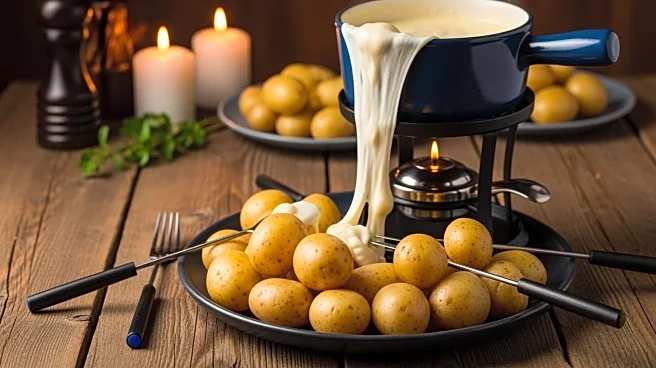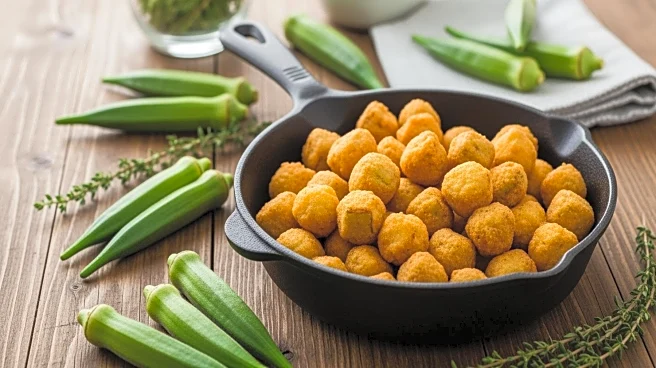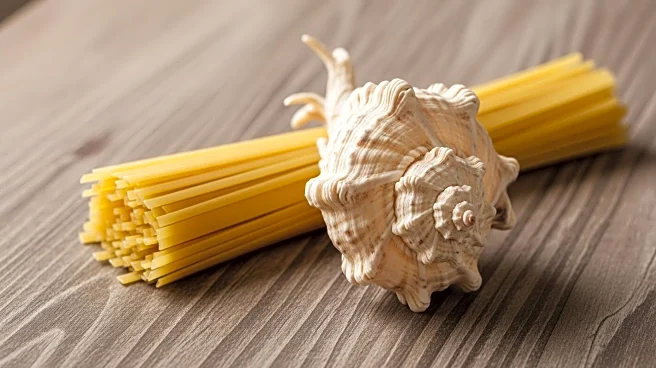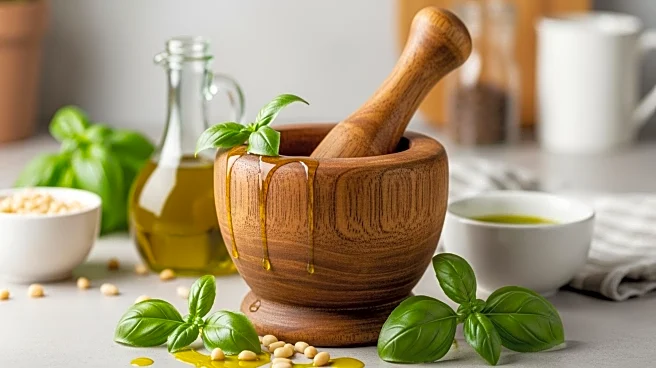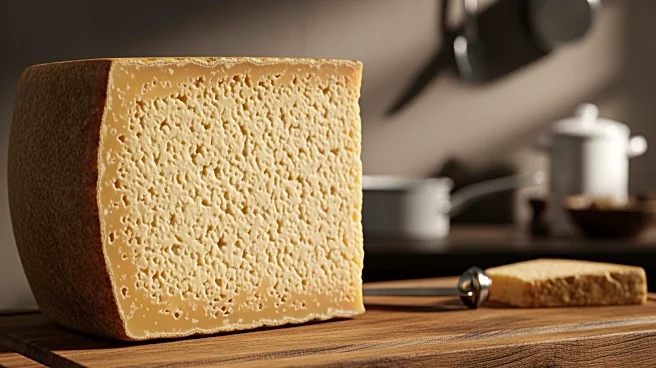Hasselback potatoes, or Potato à la Hasselbacken, are a unique style of baked potatoes that originated in Sweden. These potatoes are cut about halfway through into thin, fan-like slices, creating a crispy
outside while allowing flavors to penetrate the potato, leaving the inside fluffy. The dish can be served as a main course, a side dish, or a canapé, and is often topped with ingredients like caraway seeds, paprika, cheese, bacon, and breadcrumbs. The technique of Hasselbacking is not only visually appealing but also enhances the flavor profile of the potato.
What the Word Meant
The name 'Hasselback' comes from the restaurant Hasselbacken in Stockholm, Sweden. The word 'Hasselback' translates to 'hazel slope' in Swedish, as the restaurant was located near a thicket of hazel trees on a steep mountain. This name has become synonymous with the unique preparation method of slicing potatoes into thin, fan-like sections.
Before It Was “Hasselback Potatoes”
The origins of Hasselback potatoes can be traced back to 1953 when student chef Leif Elison served the dish at the Hasselbacken restaurant. It quickly became a hit, and by 1955, the recipe was credited to the principal of the restaurant school. However, a similar recipe for 'Oven Fried Potatoes' appeared in the 1936 cookbook 'Prinsessornas Kokbok' by Jenny Åkerström, suggesting that the concept may have existed earlier.
Tools, Vessels & Heat
To achieve the perfect Hasselback potatoes, a common technique involves placing chopsticks on both sides of the potato. This method prevents the knife from cutting all the way through, maintaining the potato's integrity. Alternatively, placing the potato in the bowl of a wooden spoon can achieve the same effect. Adding olive oil or butter to the outside of the potato helps create a golden, caramelized top, enhancing both texture and flavor.
Ingredients That Changed Everything
Hasselback potatoes are versatile and can be customized with various toppings to suit different tastes. Common additions include caraway seeds, paprika, cheese, bacon, and breadcrumbs. Some recipes suggest stuffing these toppings between the slices, while others recommend adding them towards the end of the baking process. This flexibility allows for a wide range of flavor combinations, making Hasselback potatoes a popular choice for both casual and gourmet dining.
